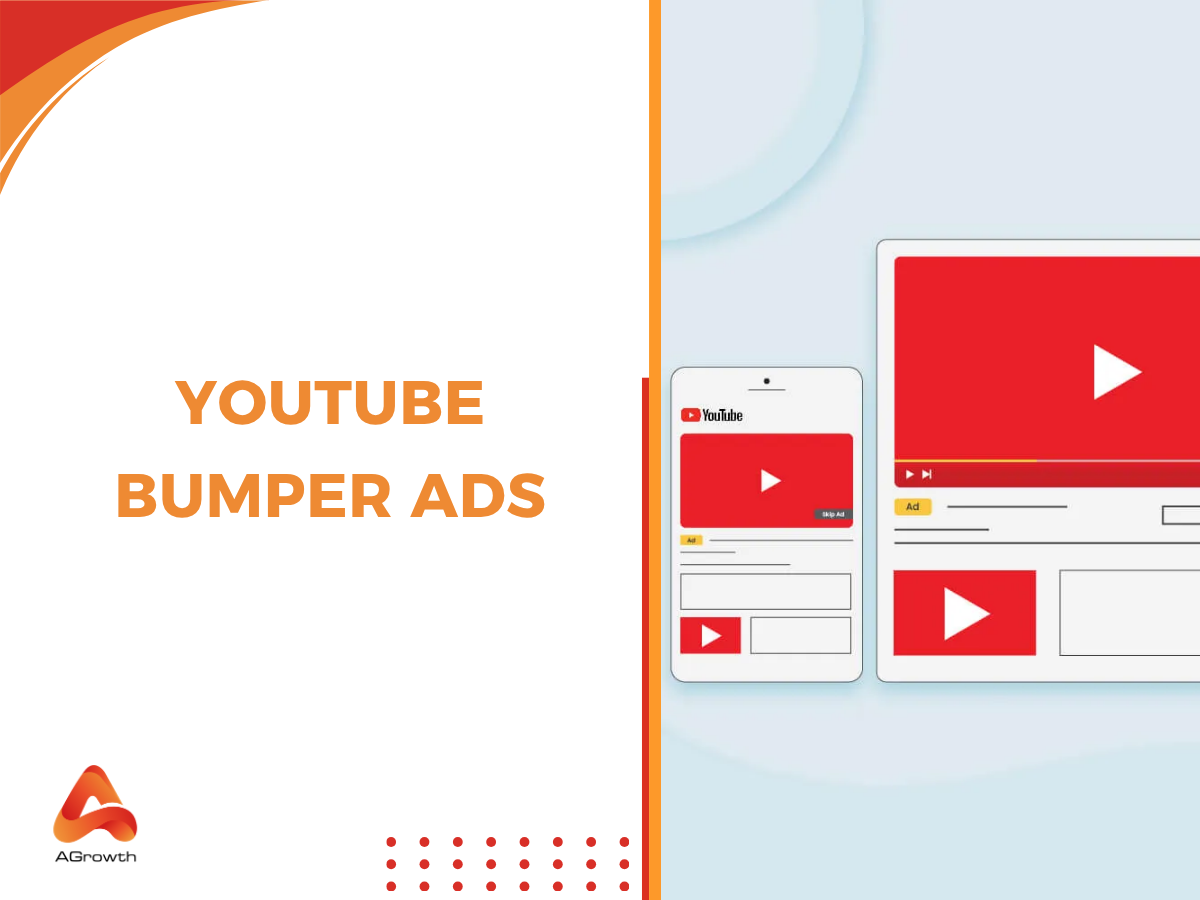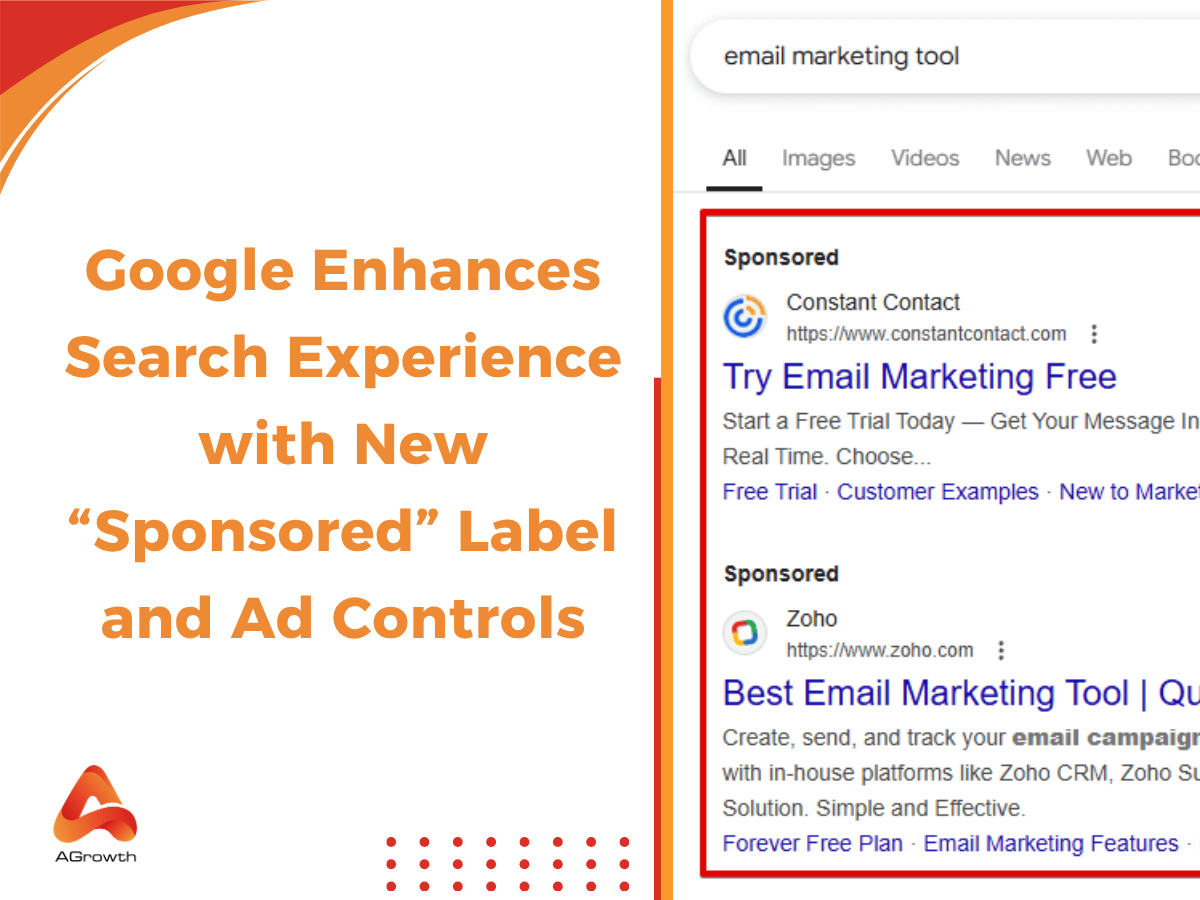
Table of Contents
YouTube Bumper Ads: Full Guide to Costs, Specs & Strategy
In a digital landscape characterized by increasingly short attention spans, conveying a brand message effectively presents a significant challenge. Marketers need a tool that is fast, impactful, and built for the modern viewer. Enter YouTube Bumper Ads: the six-second, unskippable format designed for maximum reach and brand recall. This guide moves beyond the basics, providing experienced advertisers with the strategic insights needed to master Bumper Ads, from cost analysis and technical setup to advanced creative tactics and meaningful success measurement. We'll explore how this concise format can become a cornerstone of your brand awareness strategy.
What Are YouTube Bumper Ads?
According to Google, “Bumper ads are a short video ad format, designed to allow you to reach more customers and increase awareness about your brand by using a short, memorable message.” These ads are capped at six seconds and cannot be skipped, ensuring every impression counts.
How they differ from other YouTube ad formats
Unlike skippable in-stream ads (TrueView), which can run much longer and allow viewers to skip after five seconds, bumper ads guarantee full exposure. Compared with non-skippable in-stream ads of 15–20 seconds, bumpers are quicker and less intrusive, making them ideal for reinforcing brand recall rather than delivering complex product explanations.
Why Use YouTube Bumper Ads?
Marketers often ask why they should invest in such a short format. The answer lies in the unique strengths of bumper ads across awareness, engagement, and mobile reach.
Benefits for brand awareness
The forced viewability of bumper ads means that your message is always delivered. Nielsen studies cited by Google have shown significant brand lift and ad recall even with such a short exposure. When combined with longer ads in a campaign, bumpers act as a reinforcement mechanism that strengthens memory of the brand or product.
Engagement and ad recall statistics
According to research by Google, “Bumper ads drive strong lift in ad recall, with over 9 out of 10 tested campaigns showing a measurable increase.” This statistic highlights why global brands like Samsung, Mercedes, and Amazon frequently incorporate bumpers into their YouTube strategies.
Mobile-first impact
With over 70% of YouTube watch time happening on mobile devices, six-second bumpers are perfectly designed for short attention spans. They load fast, don’t disrupt the viewing experience, and feel more like a quick nudge than an interruption.
How Much Do YouTube Bumper Ads Cost?
Budget planning is a central concern for advertisers. Bumper ads operate under a specific bidding model and pricing dynamics.
CPM bidding model explained
Bumper ads use a CPM (Cost Per Thousand Impressions) model. You pay based on impressions, not clicks. This makes them an efficient choice for awareness campaigns where exposure is the primary objective.
Average cost ranges
Industry benchmarks show CPMs typically range from $1 to $4, depending on targeting, seasonality, and competition. While this can fluctuate, bumper ads are generally cost-effective compared to longer non-skippable formats.
Factors affecting pricing
Several factors influence CPMs:
-
Audience targeting — narrower targeting increases costs.
-
Competition — industries like tech, finance, and e-commerce often bid higher.
-
Placement & timing — prime seasonal campaigns (e.g., holidays) drive CPMs up.
YouTube Bumper Ad Specs & Requirements
To ensure your campaign runs smoothly, your creative assets must adhere to YouTube's strict technical specifications. Adhering to these guidelines prevents frustrating rejections during the campaign setup process.
In addition, you can bookmark the ultimate checklist for all Google Ads video specs and ensure every ad you create is approved and runs flawlessly.
Video Length, Size, and File Formats
-
Video Length: 6 seconds or less. This is a hard limit.
-
File Size: Maximum of 1 GB.
-
File Formats: Common formats like .MP4, .MOV, .AVI, and .FLV are accepted.
-
Resolution: A minimum of 640x360 pixels (16:9 aspect ratio) or 480x360 (4:3 aspect ratio) is required, but 1920x1080 (1080p) is highly recommended for quality.
Devices & Placements
-
Devices: Bumper Ads serve across desktop, mobile devices, tablets, and TV screens.
-
Placements: They appear before, during, or after other videos on YouTube and across Google video partners' websites and apps.
Technical Checklist Before Uploading
-
Video is 6.00 seconds or shorter.
-
The video is uploaded to the correct YouTube channel.
-
Video is set to "Public" or "Unlisted" (not "Private").
-
Audio and video quality meet professional standards.
-
Your Google Ads account is properly linked to your YouTube channel.
How to Set Up a Bumper Ad Campaign
With your video creative finalized and specs met, launching the campaign in Google Ads is a structured process.
Select Your Campaign Goal
In your Google Ads account, start a new campaign.

Choose "Brand awareness and reach" as your objective. This aligns the campaign's optimization with the primary strength of Bumper Ads.

Choose Campaign Type
Select "Video" as your campaign type.

Select Campaign Subtype
You will be prompted to choose a subtype. Select "Bumper" to ensure your campaign is configured with the correct 6-second limit and CPM bidding.
Define Budget and Bidding
Set your daily budget and your Target CPM. Begin with a competitive bid based on your industry research and be prepared to adjust it according to initial performance.

Configure Targeting
This is where you define your audience. Use a combination of demographics, affinity audiences, in-market segments, and custom audiences to reach the right viewers.

Add Your Creative
In the ad creation section, paste the URL of your 6-second video from YouTube.
Launch and Review
Finalize your campaign and submit it for review.
To elevate your strategy, consider using Bumpers as part of a video ad sequencing campaign. This allows you to tell a longer story by showing a series of different ads, including Bumpers, to a user in a specific order.
How to Create High-Impact Bumper Ads: Best Practices
Six seconds is unforgiving — every frame counts. Let’s explore proven best practices to make your bumper ads stand out.
Focus on a Single, Simple Message
The biggest mistake in a 6-second ad is trying to say too much. Your goal is not to tell your entire brand story but to land one single idea. This could be a new product feature, a brand tagline, a key benefit, or an evocative feeling. Simplicity is key.
Grab Attention in the First 2 Seconds
You have no time to build a slow narrative. Start with a visual punch. Use a striking image, a recognizable celebrity face, an unexpected action, or a vibrant color palette to immediately capture the viewer's eye before their brain has time to tune out.
Design for Sound-Off Viewing
Since many viewers watch without sound, rely on visual storytelling, text overlays, and subtitles. This ensures your message lands even when muted.
Integrate Your Brand Naturally, But Visibly
Logo placement should feel organic — product packaging, branded colors, or a shot of the product in use. As PowerAdSpy suggests, “Show, don’t tell.”
End with a Clear, Simple CTA
While Bumper Ads aren't designed for clicks, you can still direct the viewer's next action. A simple text overlay like "Search [Your Brand]," "Launches Friday," or "Available Now" can plant a seed and prompt off-platform action.
But your work isn't done when they see the ad; it's done when they find you. Are you prepared to capture the intent you've just created? Be there at the critical moment of decision. Master Google Responsive Search Ads to ensure your brand is the top result when they search.
Tell a Bigger Story with a Series
You can create a series of three or four 6-second ads that build on each other. This creates intrigue and tells a more complex story in a digestible, serialized format, rewarding viewers who see multiple ads in your sequence.
AGROWTH - GOOGLE AGENCY ACCOUNT
⭐ Managed campaigns with expert guidance
⭐ Flexible invoice-based billings, custom top-ups
⭐ High resistance to suspension via agency tier
⭐ Quick fund transfer to new account if needed
⭐ Priority support via Google Partner channel
⭐ Lower fees from 3-5%
⭐ Eligible for bonus credit up to $384
Measuring the Success of Bumper Ads
Because Bumper Ads are an upper-funnel tool, measuring success requires looking beyond traditional conversion metrics like clicks and sales. You need to focus on metrics that reflect brand impact.
The primary metrics to monitor within Google Ads are Impressions, Reach, and CPM. These tell you if your ad is being delivered efficiently to a large audience. However, the true measure of success comes from Google's Brand Lift studies. These are free tools (for qualifying campaigns) that survey users to measure lifts in:
-
Ad Recall: Did people remember seeing your ad?
-
Brand Awareness: Did your campaign make more people aware of your brand?
-
Consideration: Are people more likely to consider your brand after seeing the ad?
Within Google Ads reporting, you can analyze performance by demographic, audience, or placement to understand which segments are responding best to your creative, allowing you to optimize your targeting and budget allocation for future flights.
Common Challenges and How to Overcome Them
Even with a solid strategy, you may encounter some common hurdles. Being prepared to address them is key to long-term success.
Creative Limitations.
Solution: Embrace the constraint. The 6-second limit forces you to be ruthlessly focused. Instead of viewing it as a limitation, treat it as a creative challenge to distill your message to its purest form. A/B test multiple concepts to see which single-minded message resonates most.
Low Engagement Issues.
Solution: Re-evaluate your expectations. Bumper Ads will not have high click-through rates, and that's okay. If your Brand Lift metrics are positive, the campaign is working. If recall is low, revisit your creative—is the branding clear? Is the opening shot strong enough?
Scaling the Campaign.
Solution: To scale, begin broadening your targeting to lookalike or affinity audiences. As you expand, closely monitor your CPM and frequency. You want to increase reach without causing ad fatigue. Introduce new creative assets into the rotation to keep the campaign fresh for viewers who may see it multiple times.
FAQs
What’s the difference between bumper ads and TrueView ads?
Bumper ads are short, non-skippable six-second videos, while TrueView ads are longer, skippable ads where advertisers pay when viewers choose to watch beyond five seconds.
When should I use bumper ads in my campaign?
Bumper ads are best for brand awareness, product launches, or reinforcing key messages. They work well when paired with longer ads in a sequence to strengthen recall.
Can bumper ads drive conversions or just awareness?
While primarily designed for awareness, bumper ads can contribute to conversions by keeping the brand top-of-mind and encouraging audiences to take future actions. For direct response goals, pair them with formats like skippable in-stream ads or countdown ads in Google Ads.
Do Bumper Ads count towards a YouTube channel's view count?
No, impressions from Bumper Ads do not contribute to a video's public view count on your YouTube channel. A "view" is typically counted for skippable in-stream ads only when a user watches at least 30 seconds of the ad (or the entire ad if it's shorter than 30 seconds). Bumper Ads are measured by impressions, reach, and brand lift metrics.
You may also like









Your comment